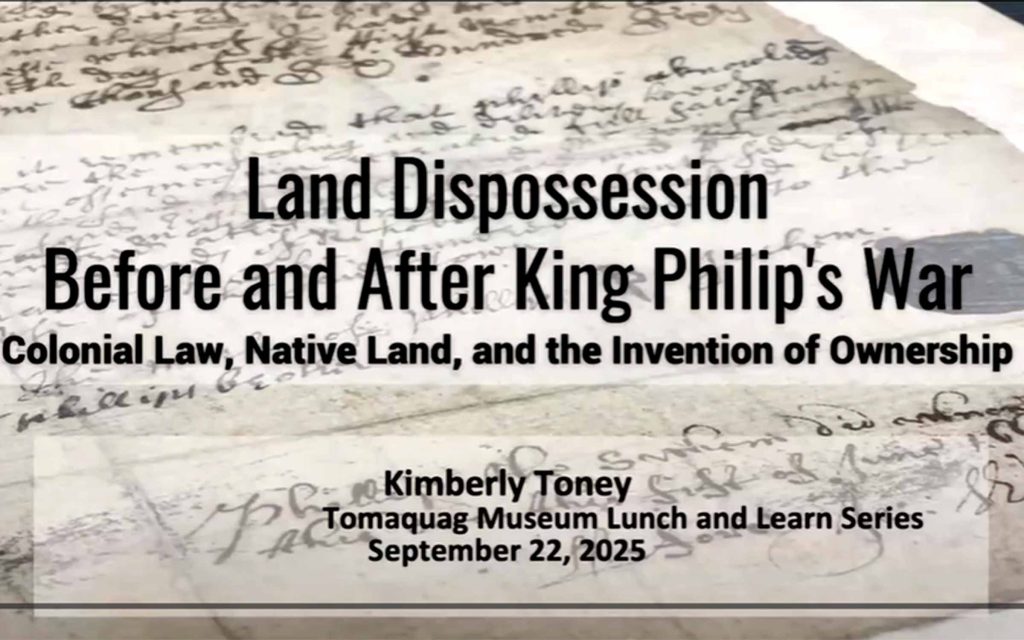
Kimberly Toney explores how 17th-century land deeds were used to dispossess Northeastern tribes—and their lasting impact on the Narragansett, Nipmuc, Wampanoag, and Pequot people. Throughout this ongoing series, a wide range of topics is explored to deepen awareness of Indigenous history, culture, and current issues, while highlighting the vital work being done to preserve and revitalize traditional knowledge and lifeways. Click here for a one hour video of Tony’s presentation posted on October 30, 2025 by the Tomaquag Museum.
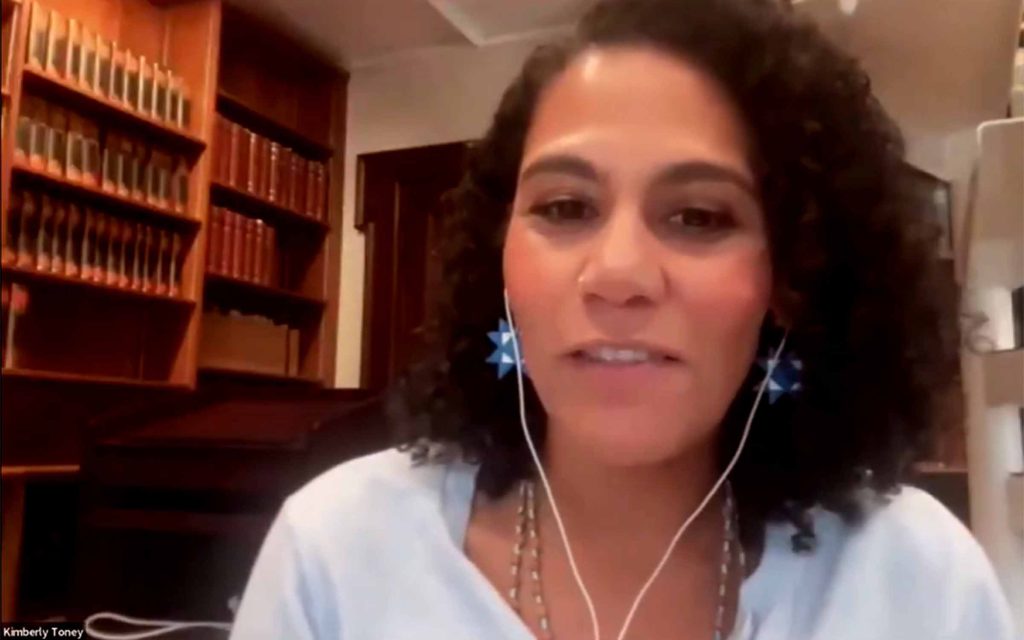
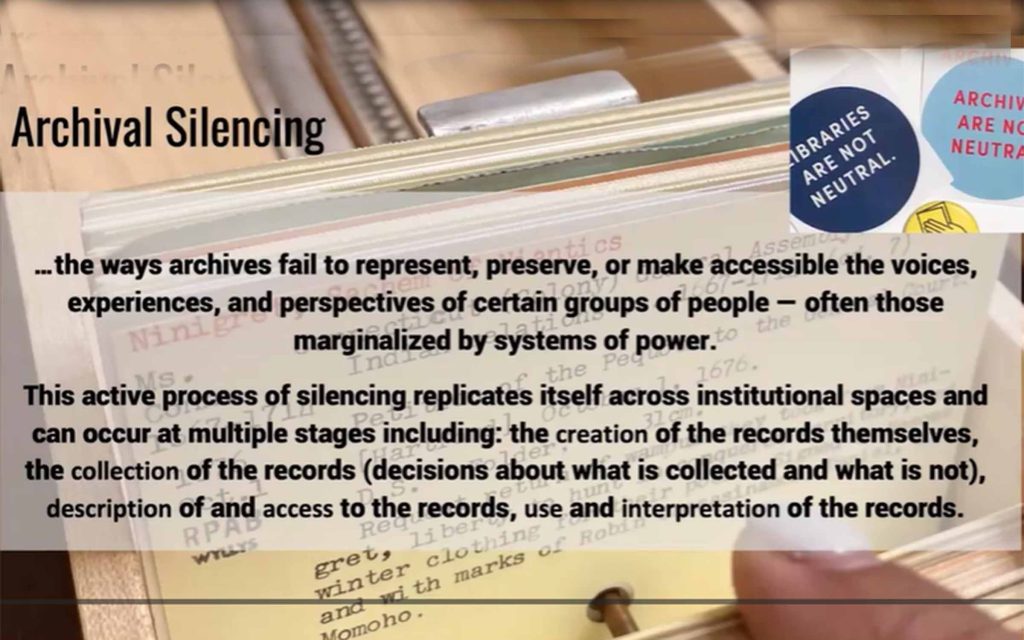
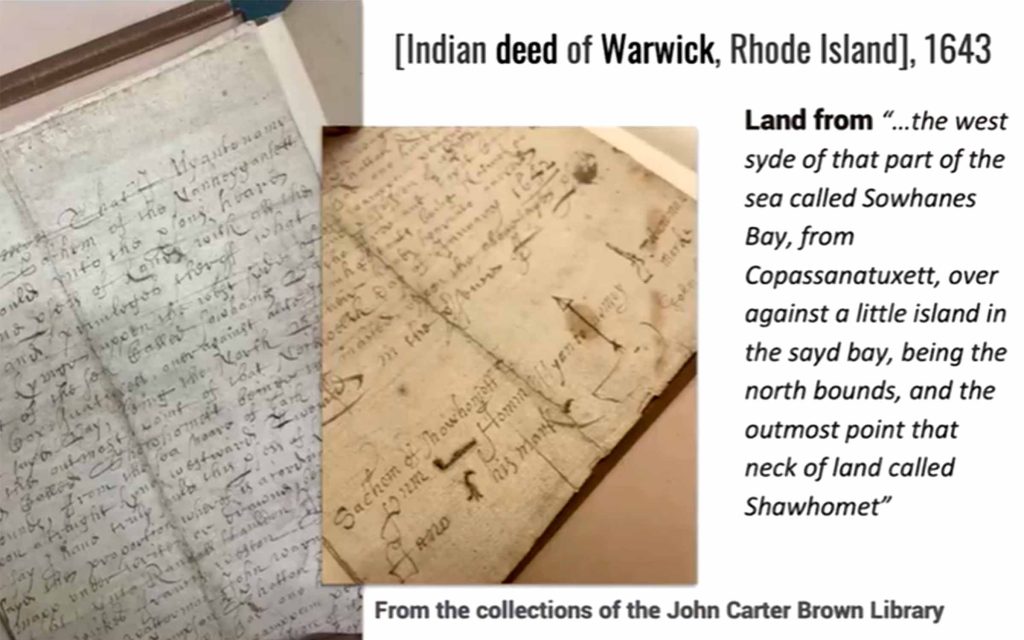
Kimberly Tony (above) is a citizen of the Hassanamisco Nipmuc Nation and the inaugural coordinating curator of Native American and indigenous collections, jointly appointed at the John Carter Brown and John Hay libraries at Brown University.
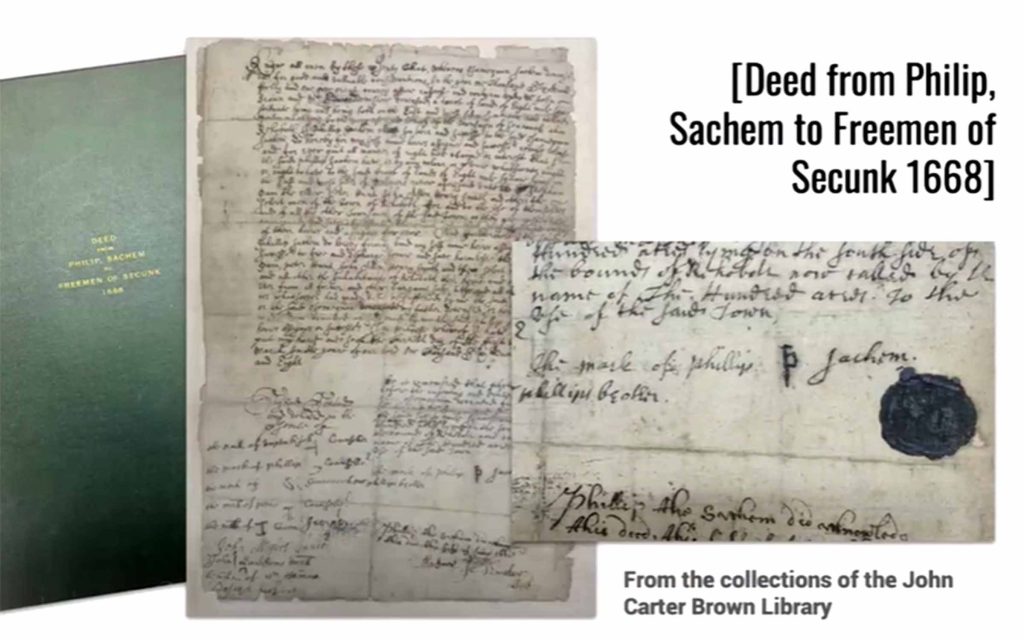

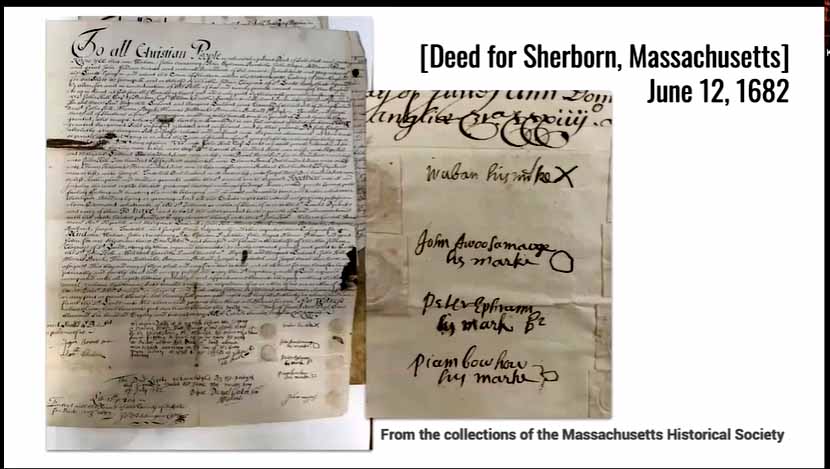
King Philip’s War officially ran from 1675 to 1676, but its violence and consequences continued decades longer. Its legacies are still very much with us today. The documents shown above and below, like libraries and archives themselves, are not neutral. They’re products of colonial systems of knowledge, law, and authority, and they continue to shape how we understand the past and how land is held into the present.
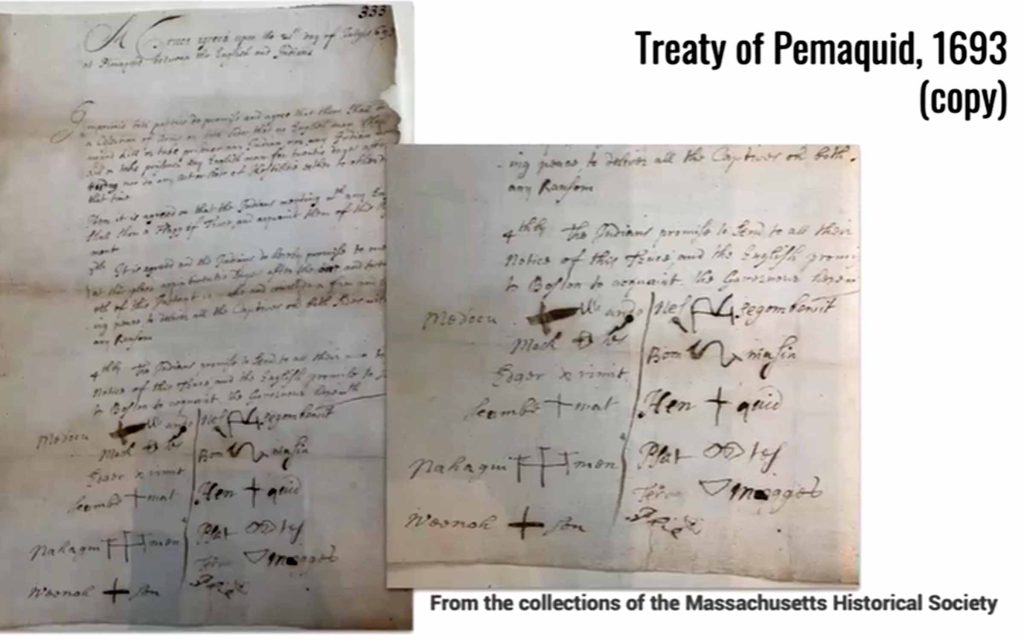

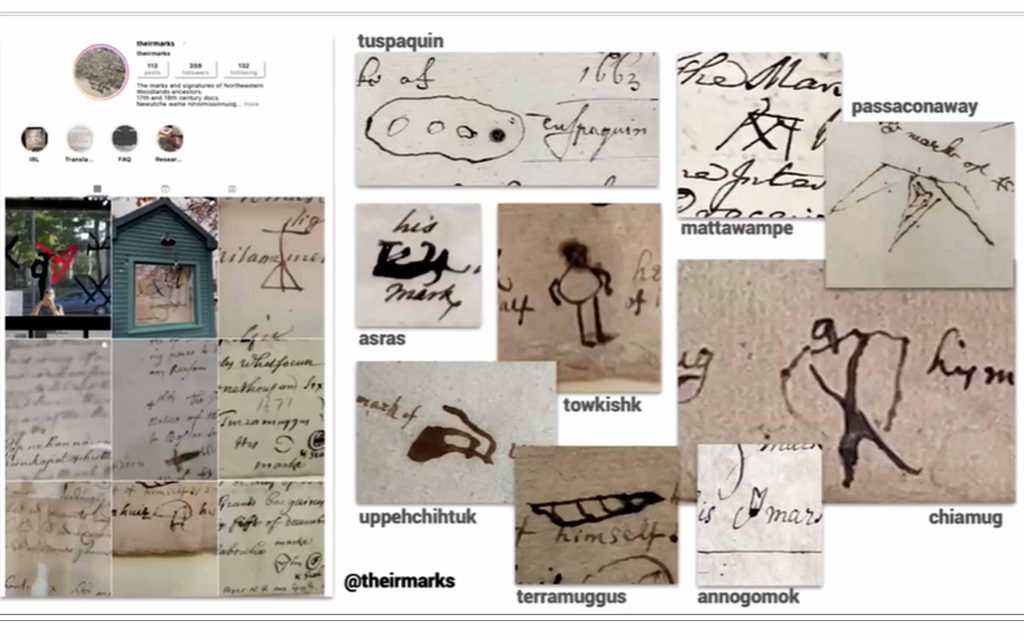
Tony states, “when I speak about archival silencing, I mean both what is left out and what was included in the ways in ways that distort and diminish indigenous presence. The acknowledgement of the non-neutrality of archives is a call for everyone to work to recognize different modes of deception.”
